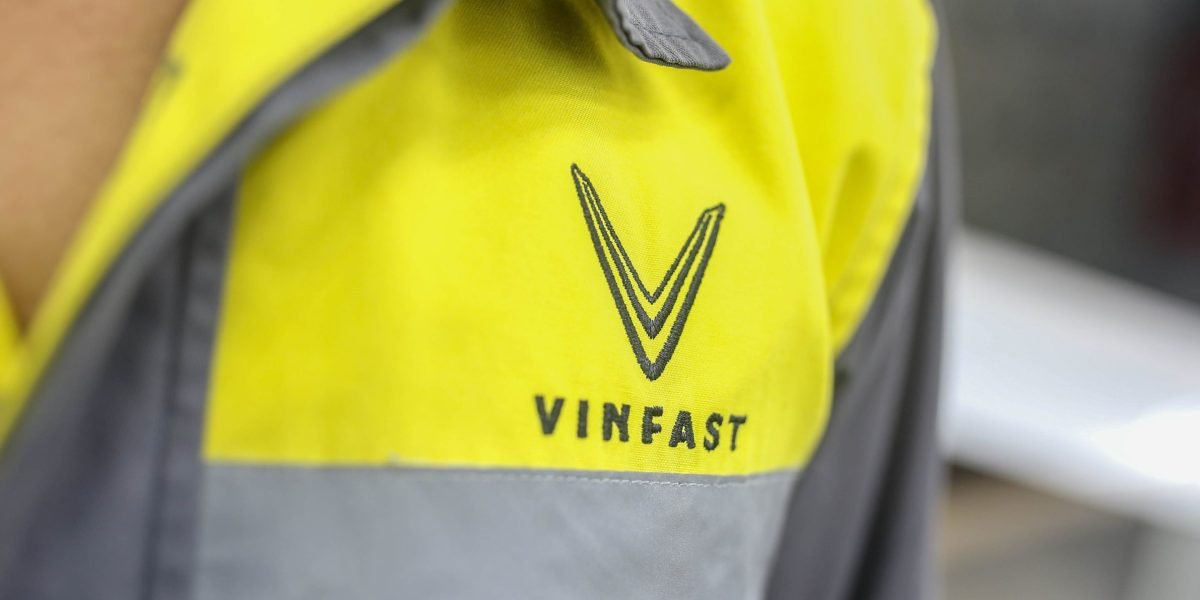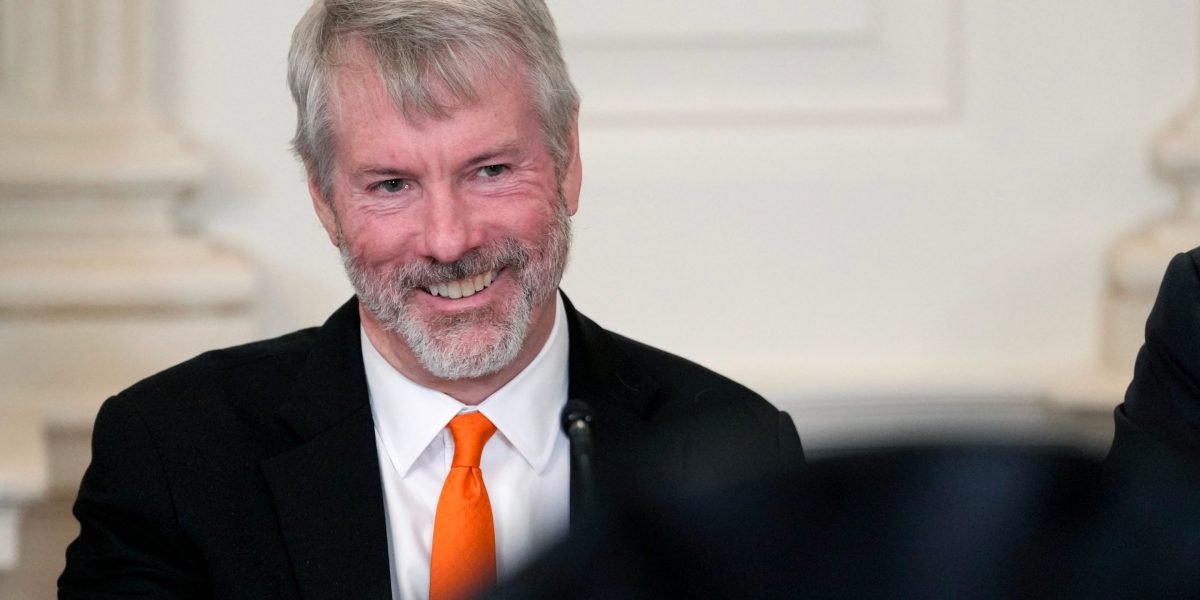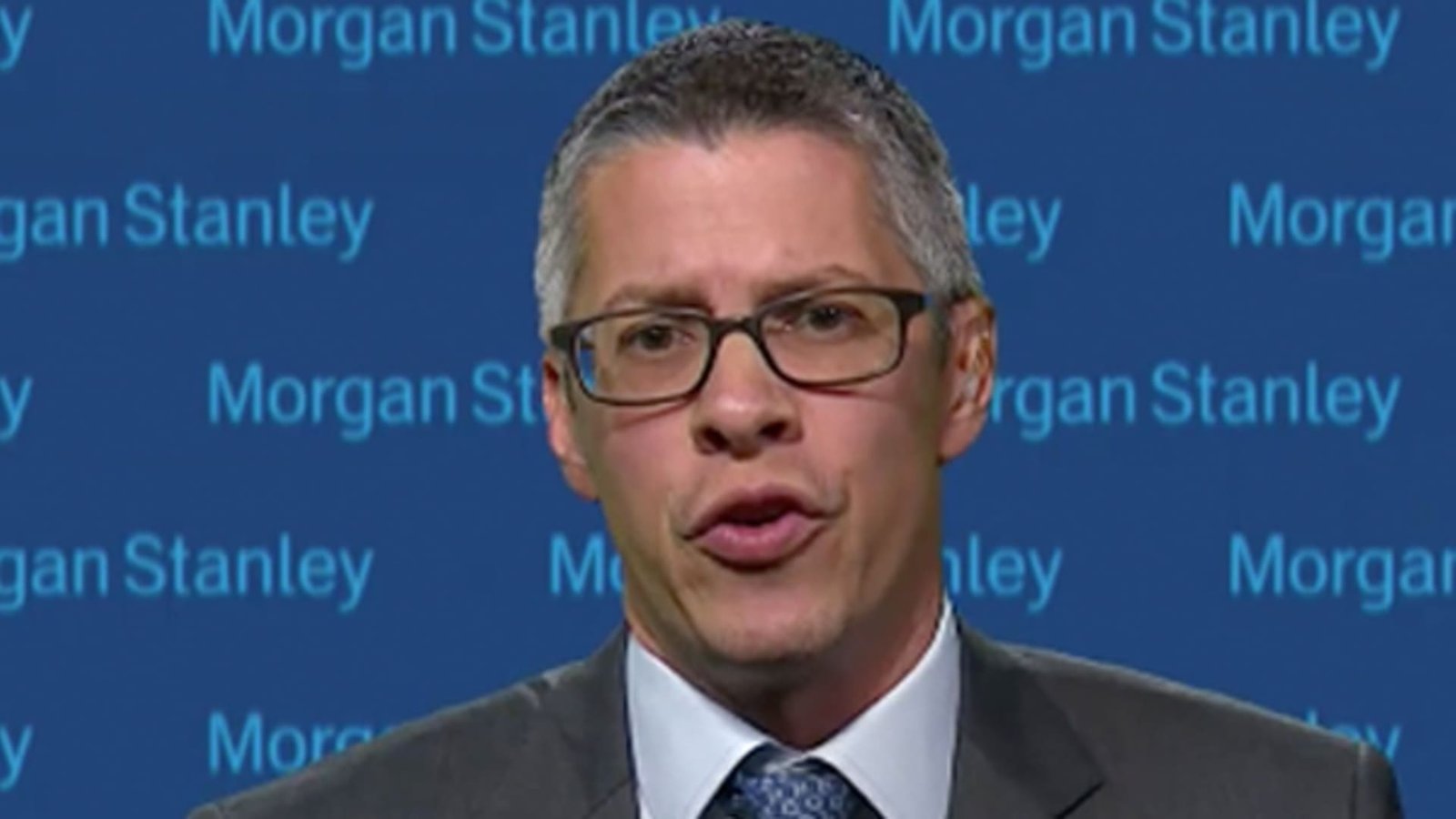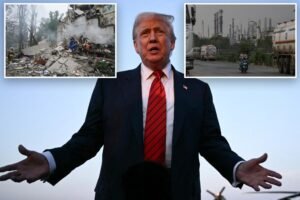
Vinfast in Vietnam is trying to storm the Indian car market at a factory of $ 500 million

Vietnam Venevis has begun to produce $ 500 million in an electric cars factory in the southern state of Tamil Nadu in southern India, and it is part of a billion dollar planned investment in India and a wider expansion throughout Asia.
The factory in Thoothhukudi will initially create 50,000 electric cars annually, with an area to take out three times to 150,000 cars. Looking at his proximity to a major port in one of the most industrial states in India, Vinfast hopes to be a center for future export to the region. She says the factory will create more than 3000 local jobs.
The Vietnamese company says it has explored 15 sites across six Indian states before choosing Tamil Nadu. It is the center of the auto industry in India, with strong manufacture, skilled workers, good infrastructure, and a reliable supply chain, according to the Minister of Industries Tamil Nadu TRB RAAJA.
He said: “This investment will lead to a completely new industrial group in South Tamil Nadu, and more groups are what India needs to appear as a global manufacturing center.”
The CEO of Vinfast ASIA PHAM SanH Chau said that the company has aspirations to export cars throughout the region and hopes to convert the new factory into an export center.
The new factory can also be the beginning of an effort to bring in other parts of the Vingroup Empire to India. The sprawling group, founded by the richest man of Vietnam Pham Nhat Vuong, started as an instant pasta company in Ukraine in the 1990s and now real estate, hospitals, schools and more.
Zhao said that the Prime Minister of Tamil Nado MK Stalin called on the company to “invest in a big way” across sectors such as green energy, smart cities and tourism, and said that the Prime Minister “promised that he would do everything necessary to transfer the entire ecosystem here.”
Asia’s strategic axis
Vinfast’s invasion in India reflects a wider shift in the strategy.
The company is increasingly focused on Asian markets after struggling to obtain attraction in the United States and Europe. Last year, it crashed on a $ 200 million collection factory in Indonesia, where it plans to form 50,000 cars annually. It also expands in Thailand and the Philippines.
Vinfast sold what while the eyes were in Asia, it hopes that the factory in India will be a base of export to South Asian countries such as Nepal and Sri Lanka and also to countries in the Middle East and Africa.
India is the third largest car market in the world depending on the number of cars that are sold. It offers an attractive mix: a fast -growing economy, increased dependence on EVS, supportive government policies and a rare market as players have not completely controlled EV sales.
“It is a market that no car industry in the world can ignore,” said Ishhan Raghav, editor -in -chief of the Indian Auto Motors Magazine. Autox.
The growing EV market in India
EV was growing in India by two and three wheels, representing 86 % of more than six million EVS that was sold last year.
EVS sales of four wheels did not constitute only 2.5 % of all car sales in India last year, but it rose, as it jumped to more than 110,000 in 2024 from only 1,841 in 2019. The government aims to obtain a third of passenger vehicle sales by 2030.
“The story of the electric car (in India) began three or four years ago,” said Craith Conda, the energy specialist in the transmission and clean energy sectors of India of the BI Institute for Energy Economy and Financial Analysis or IEFA. He said that the new cars that “look great on the road”, with better batteries, fast charging and longer driving ranges that drive the rapid growth of the sector.
This shift to EVS is mostly operated by Indian auto manufacturers, but Vinfast plans to storm the market later this year through VF6 and VF7 SUV models, which are designed for India.
The VF7 company chose to launch it in India – unlike the models offered in the United States, Canada, the European Union or Southeast Asia – to put itself as a distinct global brand while maintaining the price at reasonable prices, Zhao, CEO of Vinfast ASIA added.
Can Vinfast succeed as Chinese EVS stumbled?
Chinese EV signs dominating countries like Thailand and Brazil found India more challenging.
After the border clashes with China in 2020, India prevented companies like BYD from building its own factories. Then some turned into partnerships. The Chinese Saic, the owner of MG Motor, joined the JSW group in India. MG Windsor, from five seats, sold 30,000 units in just nine months, the Tata Motors 70 % EV market share to about 50 %.
Tata was the first local auto manufacturer for consumers in the comprehensive market with EVS. Its launch of the year 2020 for Electric Nexon, a small SUV, has become the first major success in the EV in India.
Vinfast lacks geopolitical luggage for its larger Chinese competitors and will also benefit from incentives such as land prices and tax exemptions locally in India. This is part of India’s policy of inhibiting imports with high import duties to help encourage local manufacturing and create more jobs.
Payment for wild manufacturing is also a source of concern Tesla, which launched the Yi model in India last month At about $ 80,000, compared to about $ 44,990 in the United States without obtaining federal tax credit.
“India’s position is very clear. We do not want to import manufacturers, and even Tsallas. Whether it is Tesla or Chinese cars, it is greatly subject to tax,” Conda added.
An arduous battle in a difficult market
The road forward is still arduous. The EV market in India is increasing with players who want Tata Motors and Maahindra, which dominates the most affordable sector, while Hyundai and MG Motors and luxury brands like Mercedes-Benz and Audi are competing at high price points.
The Indians tend to buy EVS as second cars used to drive inside the city, because the shipping infrastructure elsewhere can be unbalanced. Vivek Gulia, co -founder of JMK Research, said that Vinfast will need to beat the drivers sensitive for costs and governorate in India with a good reputation in high -quality batteries and services while maintaining low prices.
“In the beginning, people will be worried,” he said.
Vinfast says she plans to create showrooms and service centers throughout India, work with local companies for shipping and repairs, and reducing costs by recycling batteries and making major spare parts such as battery packages in the country.
Zhao added that after the customer clinic in September 2024 and the introduction of senior engineers in Vietnam, the company upgraded its list of features to better match the expectations of Indian customers.
The scale will be a key. Vinfast signed agreements to create 32 agents in 27 Indian cities. Hyundai 1300 places for Indians to buy their cars. Building a trademark in India takes time – for example, Hyundai has pulled it for decades, with the help of early support from Bollywood star Shah Rukh Khan.
Vinfast can succeed if you can get their prices properly and gain customer confidence, and Ghulia said, “Then they can do well.”













Post Comment